Whittle Effect
The Woodwork of Jonathan Bancroft
Jonathan Bancroft has had a lifelong passion for working with his hands, especially transforming wood into art. This passion took him from Pennsylvania to Massachusetts to Italy and back, as he learned to hone his craft at each place. He’s created original wood sculptures, installations, and furniture for not only art lovers but also local businesses and well-known New York restaurants—all while advocating for an appreciation of centuries-old art forms.
When I was a young boy, I loved the tale of Sleeping Beauty. My favorite parts were the forest scenes at the woodcutter’s cottage because of the striking resemblance they bore to the woods at the end of my neighborhood in Lancaster County, Pennsylvania. These magical woods had trees over small creeks that I used as bridges, and little cabins and mills made of stacked stone and slate roofs. This place was like the Garden of Eden to me, a very beautiful and sacred land. It was in this playland that I began to work with sticks and stones to build my own fairy tale world—and where I first started on my path to being a woodworker.
We lived in rural Lancaster, but we could see the city in the distance, like a jewel on top of a hill. Antique tools and old ways of life were always valued here, and they still fill modern-day Lancaster. The old barns and mills are built in the ancient style of stacked stone and beams. These structures sing a tale of the master woodworkers crafting with self-guided tools, such as the ax, the saw, and the chisel, all of which cut in a way that is specific to human action. While growing up, I saw the art of making things with your hands—of taking trees and turning them into homes or furniture—all around me. There was an art to living, an art to doing, and a beauty that was ever present in the relationship between worker and nature. I would pass the tobacco fields in the fall, and even these would reflect the look of a Christo-and-Jeanne-Claude-style installation, with the tobacco stacked in perfectly spaced golden triangles for miles. The work was done so well that all that was left in the field were golden triangles and dark earth. It was almost like performance art.
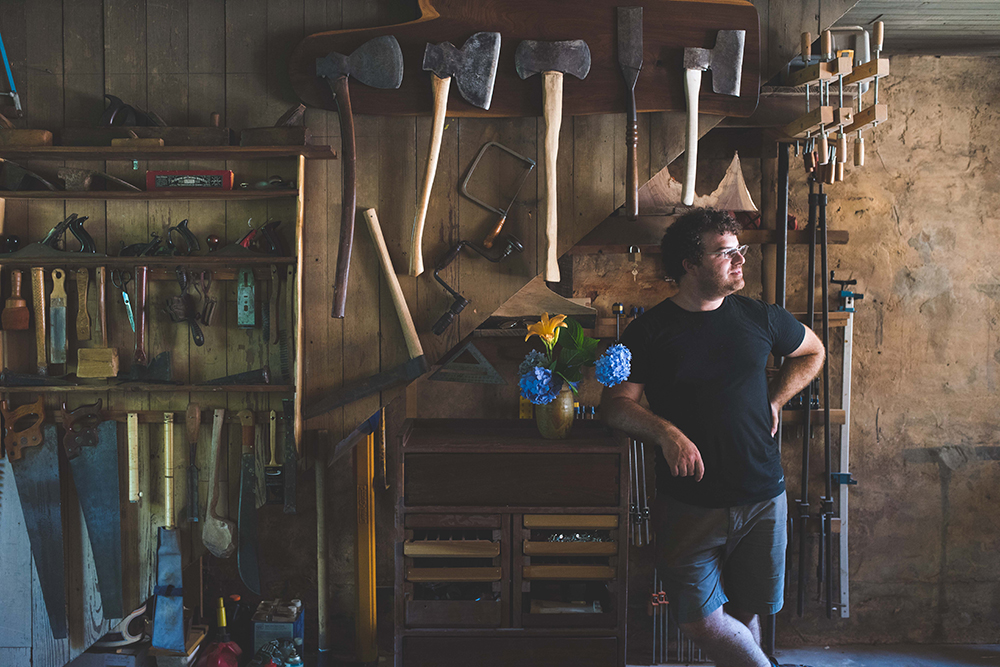
I also spent a lot of my childhood in Lancaster drawing. In fifth grade, my grandpa gave me an Encyclopedia Britannica, the old-school Internet. All the Van Gogh paintings and sculptures were so inspiring, I was inspired to copy all of them with oil crayons. When I saw my first real Van Gogh at the National Gallery of Art, I was hooked on art.
This love of art was enough of a catalyst for me to begin pursuing art as a career at the University of Massachusetts. During my sophomore year, I elected to study abroad in Florence, Italy, at the SACI (Studio Arts College International) College of Art and Design. I lived in a flat on Via dell’Albero (the “street of the tree,” appropriately). We learned marble sculpture in the courtyard of the palace—a truly romantic setting—and the workspace was organized in the same way as the great sculptors of Florence worked years ago. This would be the introduction to classic art that I needed to truly understand the inextricable link between man and his materials.
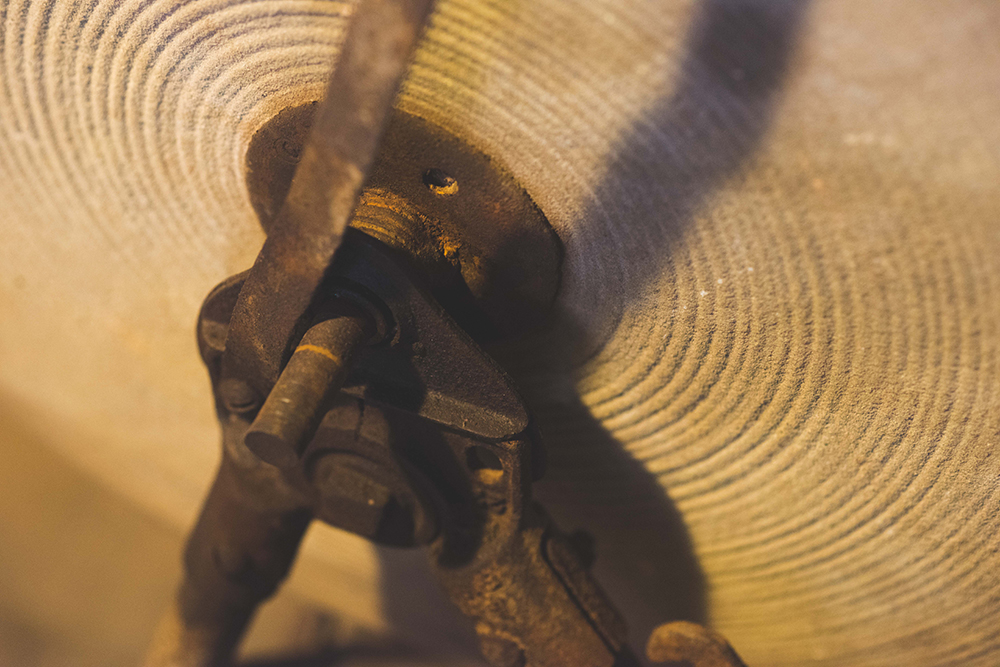
Take fine arts, for instance. Anything that is considered fine—whether it be food, furniture, or art—is all about point of origin. Where did it come from? How did it start? I first learned about this while working in fine dining in Boston. We had to know the origin of every object in the room, from the silverware to the lighting to every ingredient in each dish. Admittedly, this level of detail seemed excessive to me at the time. When I arrived in Florence, it seemed that everyone, not just people eating at fine restaurants, knew the origin of every object around them. Everything had a story. This level of awareness was infectious for me. As in Paulo Coelho’s The Alchemist, I had to follow my own treasure map to Florence to realize the treasure that was always underneath me.
It was also in Florence that I saw a culture of makers that were on a different level. I discovered the pinnacle of human relationship to materials. I learned how to make reductive sculpture out of wood and marble with hammer and chisel. For me, Florence was a celebration of the power of craft. The simple work of hammer, chisel, and human action showed there is a great respect for all craft. I was inspired to grow in this mind-set of celebrating what is at hand. More important, I also began to feel the connections between Lancaster and Florence—understanding the relationship between the land and the city. This was the world I wanted to create when I returned to Pennsylvania.
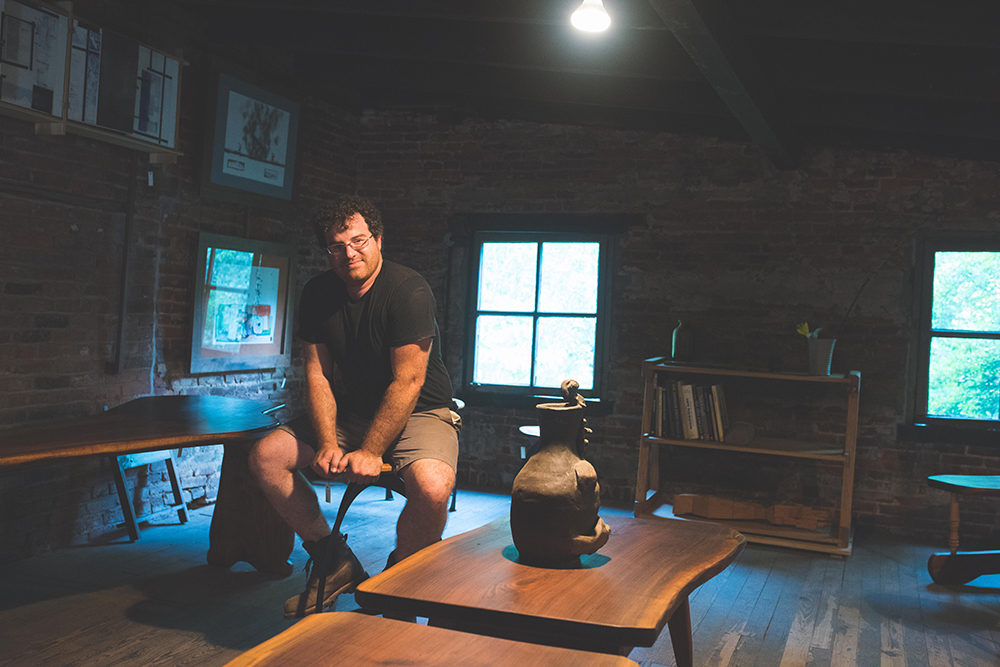
Today, I am living in this world I sought after. My workshop is an old carriage house made of plaster walls, brick, and wood. I have a set of hand tools, a few handheld power tools, and a couple of benches. It’s very sparse and minimal. Natural light streams in during the day, and a few naked light bulbs light up the space at night, making it glow like an old painting. The upstairs loft space functions as a showroom, displaying both sculptures and furniture.
As far as my woodworking, the wood I use for my sculptures originates from city trees, most of it harvested from a one-block radius from my wood shop. Because we are in the heart of Penn’s Woods, there is a surplus of champion trees in Lancaster City—as there always has been. In fact, I even frequently look at the old Lutheran church steeple nearby that was erected around 1750 for inspiration. When I start crafting my wood sculptures, I find comfort in knowing that the wood I use grew close by; in fact, its origins were close to where that church stands today.

The process for creating my sculptural work starts with a piece of wood and a subject. I have been working on five logs that are about six feet tall for the past two years. The subjects’ action and moment in time come from my head and my heart. Drawings are made, and then the rough work is begun. The ever-changing material then pushes and pulls the final movement and shape of the subject. Large pieces are removed, and the inside of the tree reveals the story I am telling. More drawings are made, but from this point on, it is mostly a dialogue between what is there and what is not there—a potentially endless conversation.
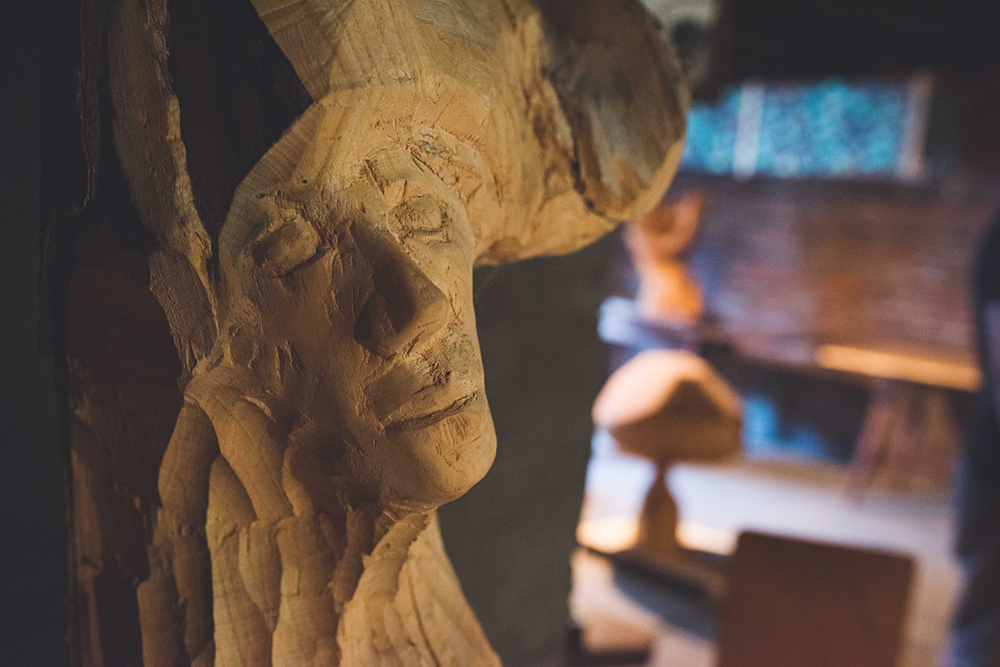
The conversation about furniture can be more finite. After seeing the movie Ratatouille, I had a strong desire to make French rolling carts. A few years ago, renowned chef Gabriel Kreuther opened his own restaurant near Bryant Park in New York City, and I was commissioned to make its beverage carts and serving carts. I found these beautiful, old, silver wheels that were made in York, Pennsylvania, and matched them with walnut wood. It was a dream fulfilled having the opportunity not only to build real French service carts, but also to make them for Gabriel Kreuther. We made three prototypes and ended up with a great design. A local shop then helped me produce six carts. A couple months after it opened, Kreuther reached out to me about after-dinner drink carts. I stopped by to draw ideas for them and agree on a design. The new carts had curved pieces and were more complicated than the first carts, so I made all of those myself.
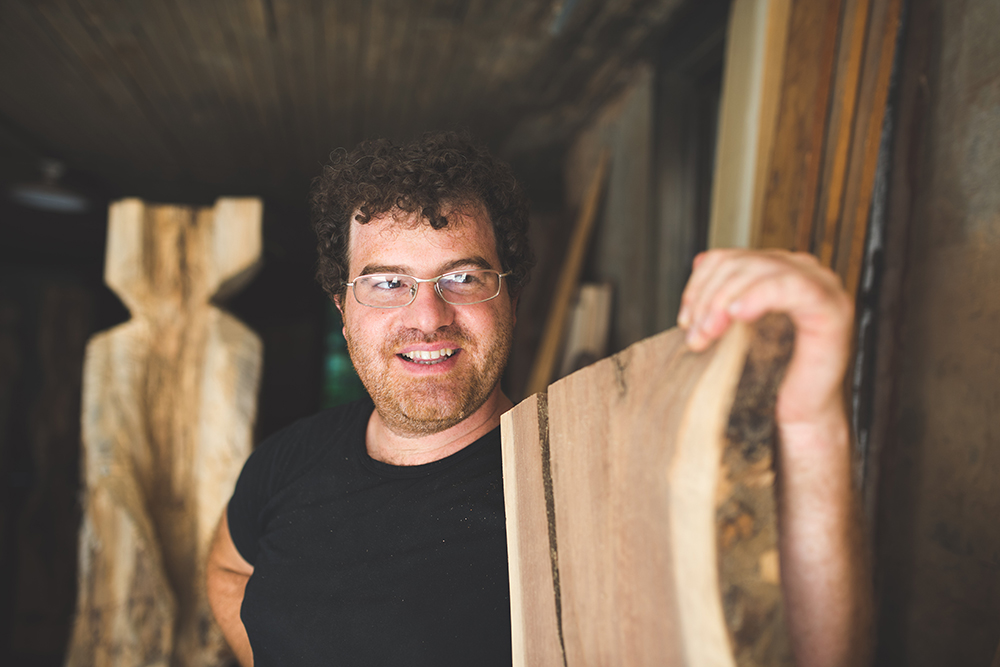
Having been involved in both sculptural wood for art’s sake and functional furniture, I suppose I’m now transitioning to the title of artist. I am focusing most of my work on sculptures, but I will continue to make furniture, choosing to concentrate on the classic pieces I’ve already created (like a sawbuck table and a trestle table) rather than invent new designs.
This past year has been a quiet one: a clean-out year and a reset year. What have come into focus are the classics, the ancient tales, and the hero’s journey. In a sense, I am living out my childhood dream of building with sticks and stones in a magical forest world. But I’ve taken it out of the fairy tale setting and propelled it forward into a modern-day appreciation of handcraftsmanship. As our culture matures, I hope that classical art forms, such as woodworking, will be more and more valued. I want to be part of that movement, and I want to help build the legacy of people who love themselves, their neighbors, and the earth.
For more info, visit thebancroft.com.



Posted in Feature, Issue 83 Vol 2 on Mar 30, 2017